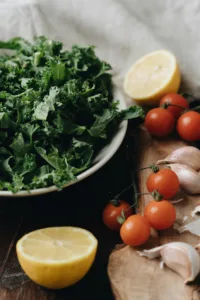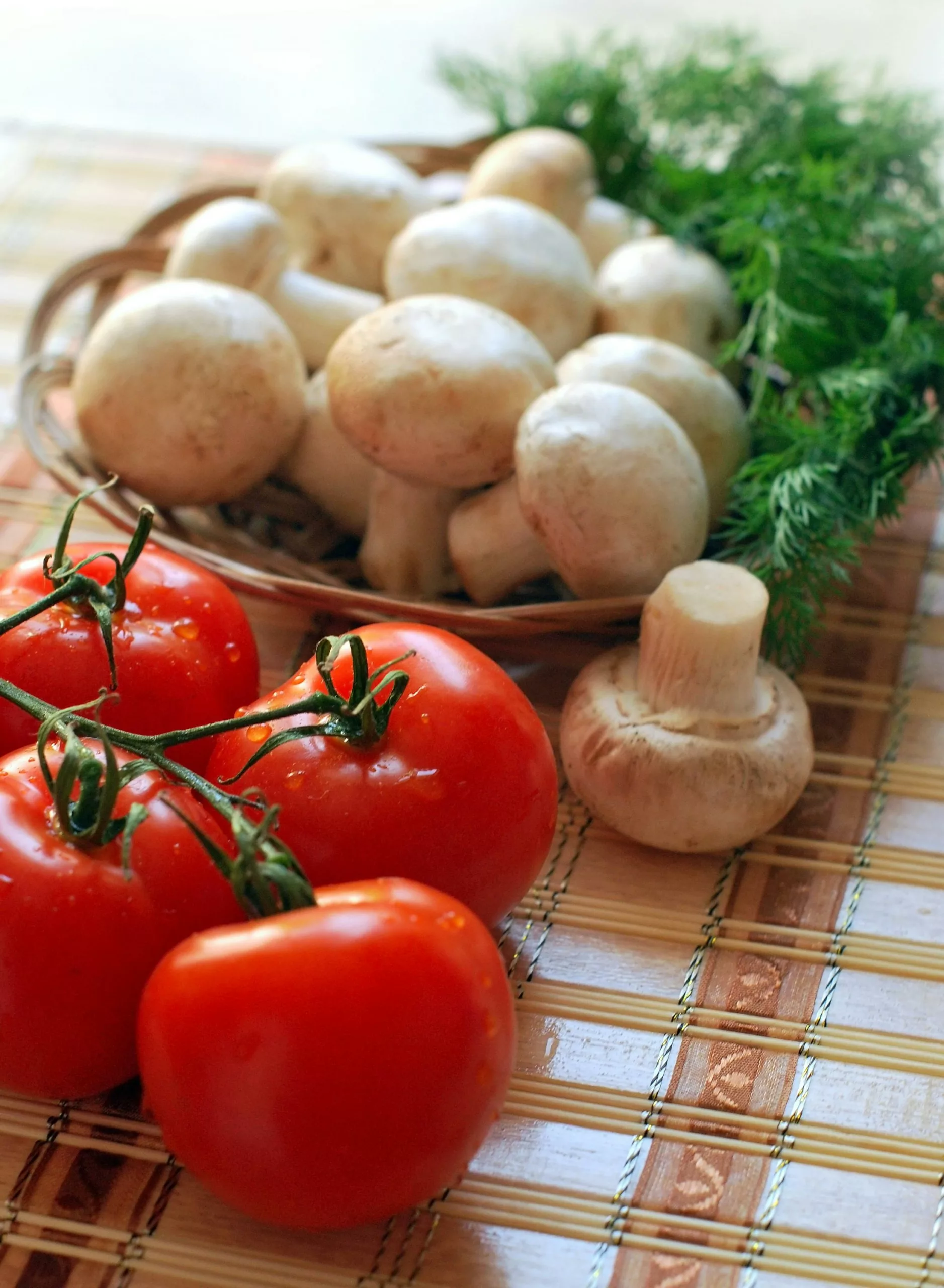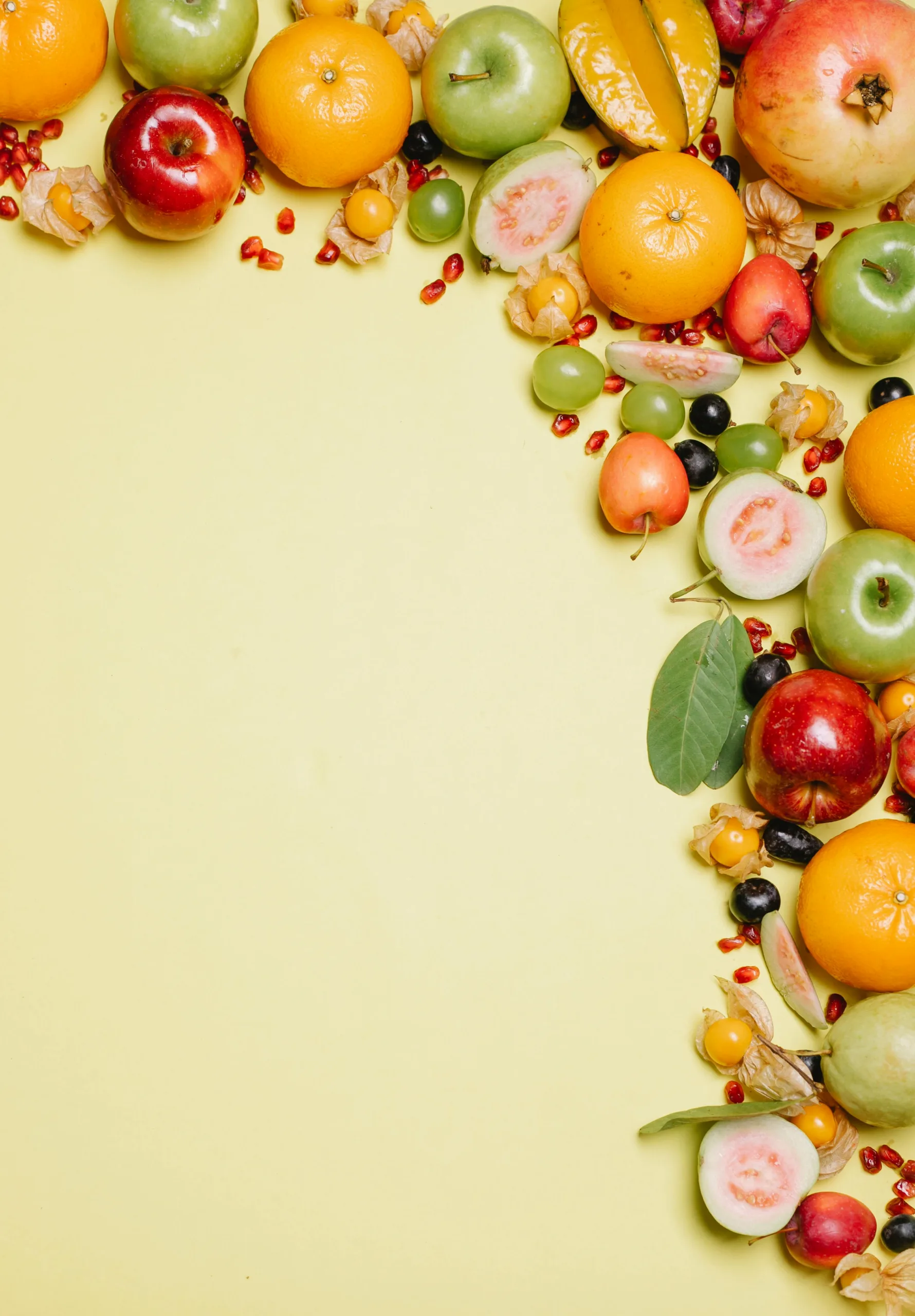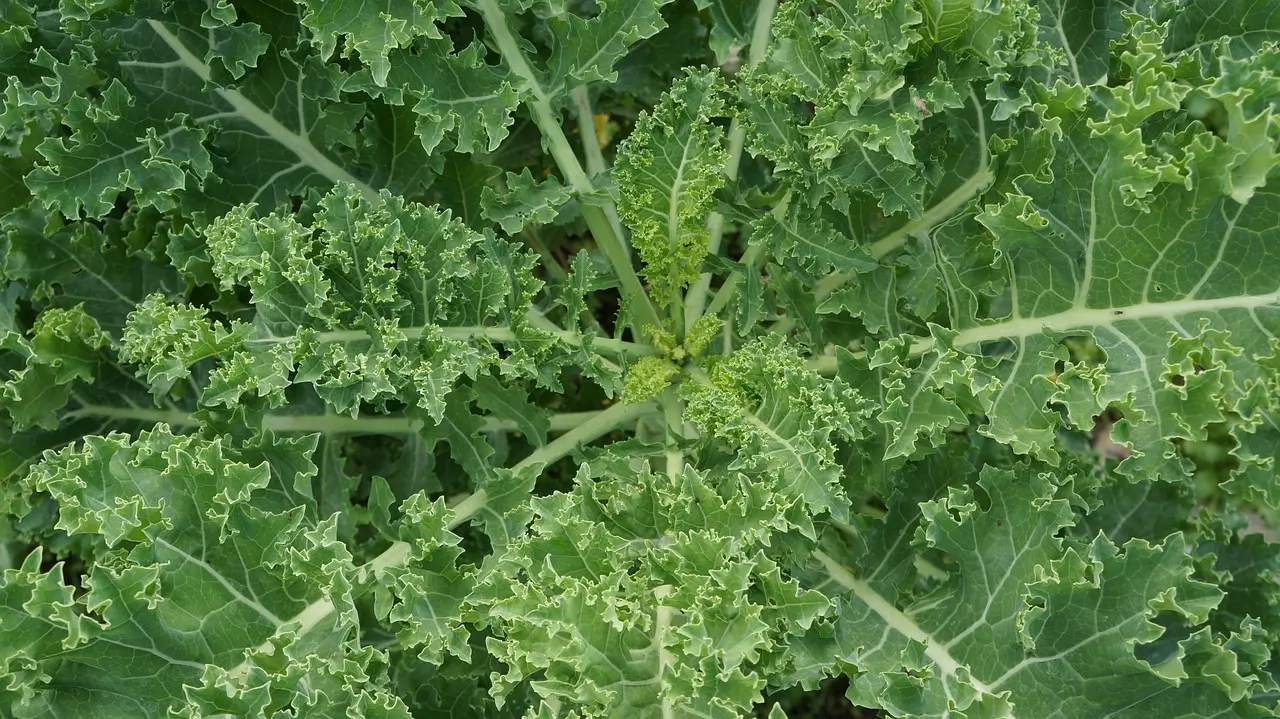
There was a surge in popularity for Kale and there are some really good reasons for its popularity. Kale is a powerhouse of vitamins and minerals and one cup of kale trumps a whole week’s worth of other foods. Kale contains 684% of the daily value of vitamin k, 206% of the recommended daily amount of vitamin A, and about 134% of vitamin C.
So, here are at least 5 reasons to eat kale. There are more reasons, but I picked the top 5 to write about.
1. Packed with antioxidants
Kale has been upgraded as a super food most notably for its high antioxidant properties. It contains the phytonutrient indole-3-carbinol, which aids in DNA cell repair, while at the same time slowing the growth of cancer cells. Kale protects against prostate and colon cancers due to its sulforaphane content. Studies show that it also contains properties that can ease lung congestion and is beneficial to the stomach, liver and the immune system. Kale also contains lutein and zeaxanthin, which protect your eyes from macular degeneration.
2. Great source of iron, protein and calcium
Kale has been lauded by vegans as a replacement for beef as a source of iron, protein and calcium. Kale has remarkable anti-inflammatory capabilities, which are unrivaled among leafy greens, especially in the prevention and possibly even the reversal of arthritis, heart disease and several autoimmune diseases.
3. Excellent source of Omega 3
As if all the above wasn’t enough, kale is also an excellent source of omega fatty acids. Omega fatty acids are beneficial due to their ability to help regulate blood clotting, build cell membranes in your brain and protect you against heart disease and stroke. Just one serving of kale has 121 milligrams of omega-3 and 92.4 milligrams of omega-6 fatty acids.
4. Protection against certain cancers
According to one study1, among all the foods involved in the research, kale was shown to have the highest protective effect against bladder cancer, the sixth most commonly diagnosed cancer in the U.S. (Source 1)
5. Great source of Flavonoids
And, it keeps getting better! Kale has a very impressive amount of flavonoids, including 32 phenolic compounds and three hydroxycinnamic acids, which can help keep cholesterol levels within normal range and get rid of harmful free radicals in the body (Source2). The two most important flavonoids that kale has an abundance of are kaempferol and quercetin.
Kale should be eaten raw, as in a salad, blended into a green smoothie, or cooked very minimally because the effectiveness of several antioxidants and vitamins contained in kale are diminished when cooked, (Source 3)
Kale is of the genus Brassica and is what is known as a cruciferous vegetable. It has made a name for itself as one of the healthiest foods grown in the garden. As stated above, kale provides many health benefits. It’s loaded with vitamins and consuming it has the capability of fighting cancer, heart disease, autoimmune diseases and macular degeneration.
So, with all this fascinating data on how good kale is for you, you might be asking why isn’t it so popular anymore? Main reason is because it’s a cruciferous veggie, it’s high in oxalates, which can cause kidney stones. but, there is a remedy for that. you can decrease your chances of developing kidney stones by drinking more water. the more water you drink, the more the oxalates get diluted and your chances of developing kidney stones decreases significantly. drinking lemon water or water with ACV in it will break up stones that have already formed so they can pass quicker and easier. Just squeeze the juice of half lemon into your water bottle and sip away. You can even add some stevia or monkfruit sweetener and voilá, you’ve made yourself some lemonade. Now, that’s not so bad, right?
Or, instead of lemon, you can add 2 Tablespoons of organic raw apple cider vinegar with the mother. Either way will help a lot.
Stick with me for lots of Salad recipes containing this amazing vegetable! I say salad because Kale needs to be eaten raw in order to benefit from all the nutrients and enzymes it has to offer.
Don’t worry. The salads are delicious!
Kale….it’s what’s for dinner!
- 1 http://www.ncbi.nlm.nih.gov/pubmed/16142557, Diet and bladder cancer: a case-control study, Aug. 2012
- 2 http://www.sciencedirect.com/science/article/pii/089158499500052Y Inhibition of human low-density lipoprotein oxidation by caffeic acid and other hydroxycinnamicacid derivatives
- 3 https://pubmed.ncbi.nlm.nih.gov/22744944/ Composition and antioxidant activity of kale (Brassica oleracea L. var. acephala) raw and cooked, Composition and antioxidant activity of kale (Brassica oleracea L. var. acephala) raw and cooked, Aug. 2012




